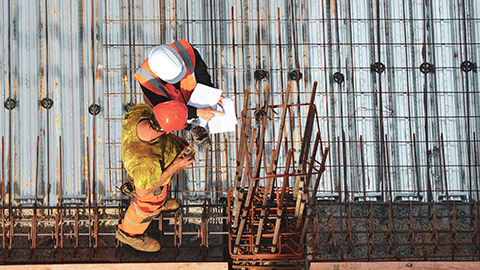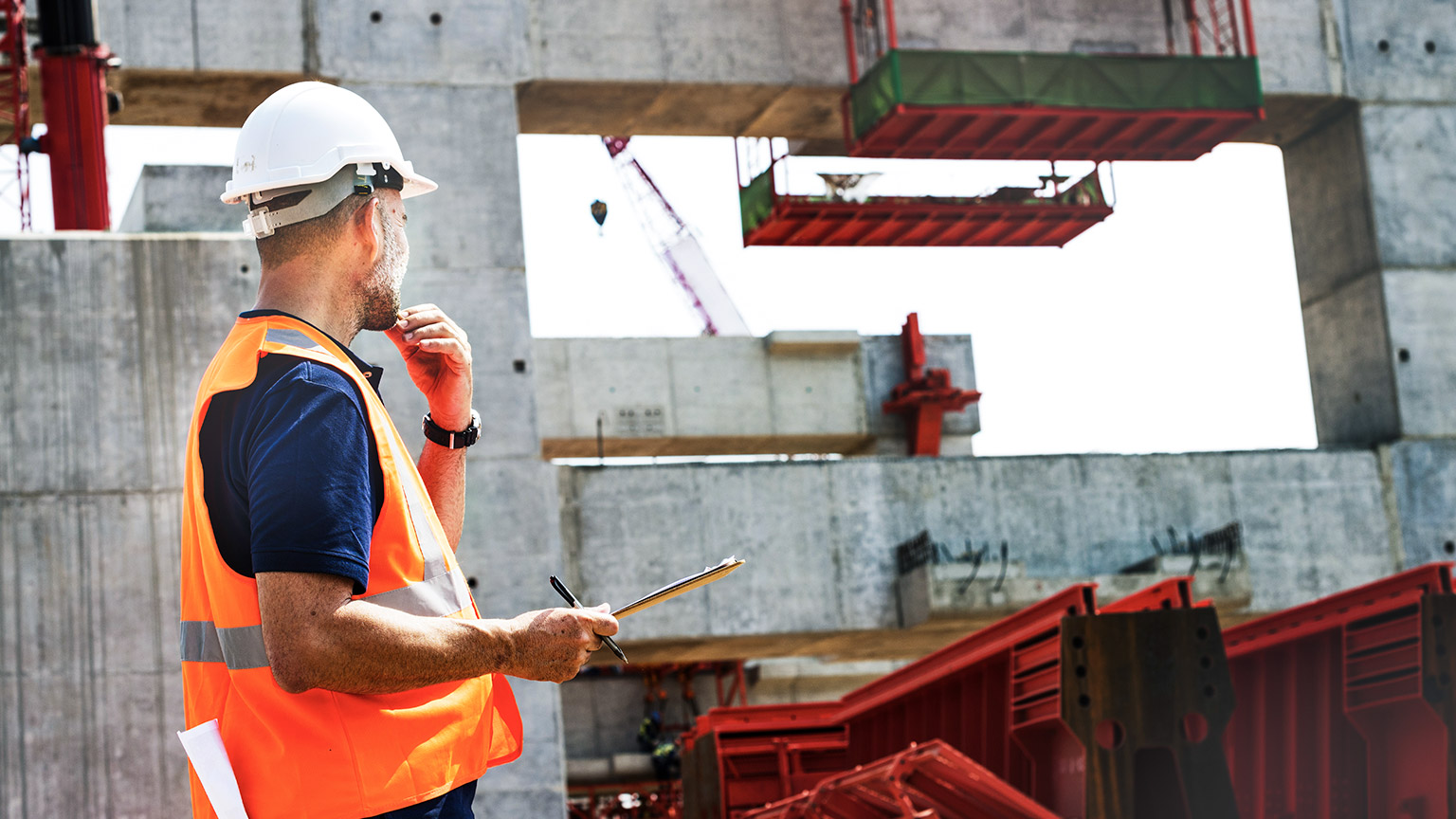Welcome to Applying Work Health Safety (WHS) requirements, policies and procedures in the construction industry. As you progress through the learning, we will go through the fundamentals of WHS required to undertake work tasks within the construction industry safely. It requires the performance of work in a safe manner through awareness of risks and work requirements and the planning and performance of safe work practices with concern for personal safety and the safety of others.
As you progress through the learning, you will learn how to:
- Describe the differences between hazards, risks and risk controls.
- Identify and assess risks.
- Identify hazardous materials in a building and construction environment.
- Identify hazards in a building and construction environment.
- Plan and prepare to work safely.
- Work safely.
- Respond to an emergency according to workplace procedures.
Safe Work Australia is a national body established by the Australian Government and funded by national, state and territory governments. Its role is to work in partnership with employers, employees and governments to form national policy related to improving workplace health and safety. It also forms policy related to workers compensation.
Safe Work Australia defines construction work as:
any work carried out in connection with the construction, alteration, conversion, fitting-out, commissioning, renovation, repair, maintenance, refurbishment, demolition, decommissioning or dismantling of a structure, or preparation of a building site.
In 2015 Safe Work Australia compiled a profile of the construction industry, and the findings were alarming. It recognised that construction is one of the top few industries with the highest number of serious claims for workers compensation.
Did you know?
In that same year, 33 workers were killed in the construction industry, and 35 workers were seriously injured each day. Many more workers were also injured, requiring treatment and time off work.
So why are construction workplaces so high risk?
When you stop and think about a construction workplace for a minute, you can understand why they are high-risk environments. They are busy, noisy places that are often filled with heavy machinery. There might be people working at heights, and others may be using power tools. You may also have some people working in confined spaces, some working with hazardous materials and substances, while others working around electricity and gas. There’s also heavy lifting, the risk of injury from manual handling, trips and falls, sunburn.
Before we jump into the details surrounding work health and safety, watch the following illustrating the importance of safety on site. Ensure you take the time to listen carefully to some of the expectations surrounding the importance of inductions and why complacency can become a key contributing factor to the safety of workers.

It's no wonder so much effort goes into keeping people safe at work.
There is some key terminology that you will you hear whenever you are talking about safety at work. You must become very familiar, they are important, and you will use them regularly. Take the time to carefully go through each of the following terms to familiarise yourself with their meanings.
Workplace health and safety (WHS)
Sometimes called occupational health and safety (OHS), it is the practice of managing the risks to the health and safety of every person in your workplace. Keep in mind that this includes visitors, suppliers, contractors, customers, owners, bystanders and even people walking past a worksite.
Hazards
A hazard is identified as having the potential to harm any of the people on site. Remember that harm can mean a physical injury, an illness including a psychological illness or even death.
Risks
Risk refers to the likelihood that a hazard will occur and what the significance of the harm will be.
Controls
Controls are the strategies implemented to mitigate (prevent and/or manage) the hazards and risks.
A person conducting a business or undertaking (PCBU)
WHS legislation (which we will discuss in more detail later) places certain responsibilities for safety on the PCBU. In construction, the PCBU is the person or company that commissions the construction work.
Personal protective equipment
Personal protective equipment (more commonly referred to as PPE) refers to items of clothing or equipment that are worn or used by you personally to help protect you from harm while at work or while on a worksite. You must utilise appropriate PPE whenever you are in a building and construction environment. For many building and construction worksites, they have a minimum requirement for PPE of a hard hat, safety boots and a high vis vest. Increasingly, eye protection is a standard requirement as well. However, different worksites will have different requirements. PPE is the last resort for safety; remember, the PPE does not prevent the risk; it is an extra layer of protection required when partaking in high-risk tasks.
Job safety and environment analysis (JSEA)
A JSEA is a risk analysis and planning tool. It is designed to help you to break down each step in a task or project, identify the hazards and risks (safety and environmental) and put controls in place to manage them. The JSEA can be used to inform the development of an SWMS if one is required. Sometimes, a JSEA and SWMS are developed together.
Safe work method statement (SWMS)
The nature of building and construction means that it is an industry that is at high risk for injury and even death to its workforce, contractors, visitors to the site and bystanders. 19 construction activities have been identified as especially high risk. A safe work method statement (SWMS) is a planning tool that identifies the hazards and risks associated with those activities and documents the controls that will be put in place to control the risks and ensure work will be carried out safely. You will find references to SWMS throughout the majority of your studies (and your career). They are an essential part of keeping you and those around you safe. Always pay close attention to an SWMS if there is one available for the work that you are doing. Ask questions if something is unclear, and do not start work until you are confident that the SWMS is in place and is up to date.
Safety data sheets (SDS) or Material Safety Data Sheet MSDS
The Safety Data Sheet (SDS), also known as Material Safety Data Sheet (MSDS), describes the chemical and physical properties of a material and provides advice on safe handling and use of the material. Employers using storing dangerous goods or hazardous substances must ensure that they obtain an up to date SDS for each product and that there is ready access to the SDS for people on site.
Get to know the Construction section on the Safe Work Australia website. It has construction-specific resources, research, information sheets, and links to your state or territory's work health and safety authority. Find your state and familiarise yourself with some of the material and where you can find it on the website. You can find the Safe Work Australia Construction page at Safe Work Australia.

